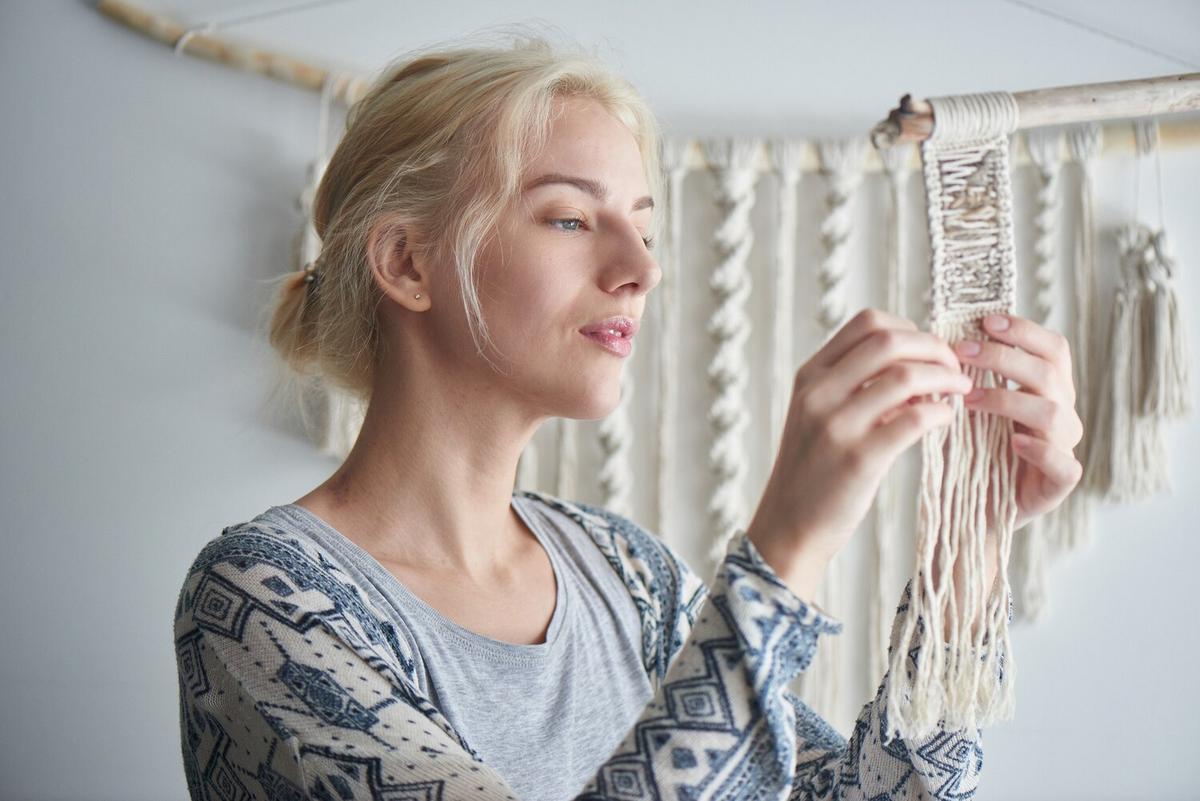In today’s fast-paced world, finding effective ways to manage stress is more important than ever. One surprising yet highly effective method gaining popularity is mindful stitching. Sewing, when done with intention and focus, can provide a soothing escape from daily pressures, promoting mental well-being and relaxation.
The Science Behind Mindful Stitching
Research has shown that engaging in creative activities like sewing can significantly reduce stress levels. According to a study published in the Journal of Health Psychology, individuals who participated in creative tasks reported lower levels of stress and anxiety. The repetitive motions and concentration required in sewing help ground the mind, creating a meditative effect.
Expert Insights
Dr. Pippa Burns, a clinical psychologist, notes that “Engaging in activities that require fine motor skills and concentration can help shift the mind away from stressors, providing a mental break and promoting relaxation.”
Personal Stories
Many people have found solace in sewing. Take Sophie, for instance, a busy professional who turned to stitching as a way to unwind after hectic workdays. She shares, “Sewing allows me to focus solely on the task at hand. It’s my form of meditation, and it has significantly improved my mental well-being.”
Actionable Tips for Mindful Stitching
- Create a dedicated space: Set up a comfortable and organized area for your sewing projects. This will help you get into the right mindset.
- Start with simple projects: Choose easy patterns to avoid frustration and build confidence.
- Focus on the process: Pay attention to each stitch and enjoy the journey rather than rushing to complete the project.
- Practice deep breathing: Incorporate deep breathing exercises to enhance relaxation while sewing.
- Join a community: Connecting with other sewing enthusiasts can provide support and additional motivation.
Comparison of Sewing Methods
| Method | Pros | Cons |
|---|---|---|
| Hand Sewing | Portable, requires minimal equipment | Time-consuming, can be harder on the hands |
| Machine Sewing | Faster, suitable for larger projects | Requires a machine, less portable |
| Embroidery | Creative, visually appealing | Can be intricate, requires patience |
| Quilting | Great for larger projects, community aspect | Requires space, can be complex |
| Cross-Stitch | Simple patterns, relaxing | Repetitive, can be tedious |
| Knitting | Portable, versatile | Requires practice, can be slow |
| Crochet | Quick results, fewer tools needed | Limited stitch patterns, can be hard on the wrists |
| Felting | Unique texture, creative | Requires special materials, can be messy |
Frequently Asked Questions
How long should I sew for stress relief?
Even short sessions of 15-30 minutes can be beneficial. Consistency is more important than duration.
Do I need any special equipment?
Basic sewing supplies like needles, thread, and fabric are sufficient to get started. As you progress, you can invest in more specialized tools.
Can sewing really help with anxiety?
Yes, many people find that the focused, repetitive nature of sewing helps to calm their minds and reduce anxiety levels.
Is it necessary to follow patterns?
Not at all! While patterns can provide structure, feel free to experiment and create your own designs for a more personalized experience.
Conclusion
Mindful stitching is a powerful tool for stress relief, offering a creative outlet that promotes relaxation and mental clarity. By incorporating sewing into your routine, you can enjoy the numerous benefits it offers for both your mind and body. So, why not pick up a needle and thread today and start your journey towards a more mindful, stress-free life?



Leave a Reply